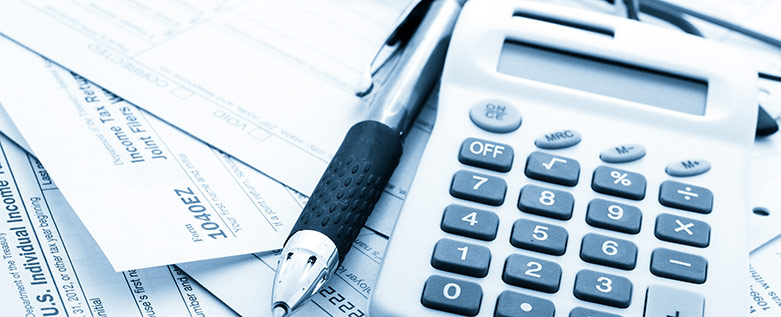The New Year means more than just resolutions and celebrations – it also means the beginning of tax season. With tax season looming, it is important to familiarize yourself with any changes the IRS has made to the filing regulations that may affect your business. One of the major changes implemented by the IRS for the 2016 tax year includes the increasing of the de minimis safe harbor threshold from $500 to $2500.
The tangible property de minimis safety harbor that was finalized and issued in 2013 provided a regulation that allows qualifying businesses to deduct purchases of tangible property immediately that were below a certain dollar amount. If you were a taxpayer that did not have an AFS (audited financial statement), that dollar amount must be under was $500.
However, in the recent years, many businesses and taxpayers have made comment that the $500 threshold was too low of a monetary number to sustainably and effectively reduce administrative burdens that come from running a small business. While the original threshold amount was helpful, it was not making a very big difference in the financial health of small businesses all across the country.
A taxpayer without an applicable financial statement (“AFS), as defined in Reg. Section 1.263(a)-1(f)(4), may elect to apply the de minimis safe harbor if, in addition to other requirements, the amount paid for the property subject to the de minimis safe harbor does not exceed $500 per invoice (or per item as substan-tiated by the invoice).
In contrast, a taxpayer with an AFS may elect to apply the de minimis safe harbor if, in addition to other requirements, the amount paid for the property does not exceed $5,000 and the taxpayer treats the amount paid as an expense on its AFS in accordance with its written accounting procedures.
A larger safe harbor limitation is reasonable for a taxpayer with an AFS because an AFS provides independent assurance that the taxpayer’s de minimis policies are consistent with the requirements of generally accepted accounting principles (“GAAP”) and do not materially distort the taxpayer’s financial statement income.
Taking these concerns into consideration, the IRS announced that they would increase the de minimis safe harbor threshold to $2500 starting with the 2016 tax year.
The increasing of the de minimis safe harbor threshold by the IRS will help many small businesses thrive financially in the upcoming years. While $2500 still may not cover a large chunk of all small business administrative burdens, this ruling that increased the threshold by five times its original amount will greatly lessen costs associated with the implementation of business for a wide percentage of taxpayers.






